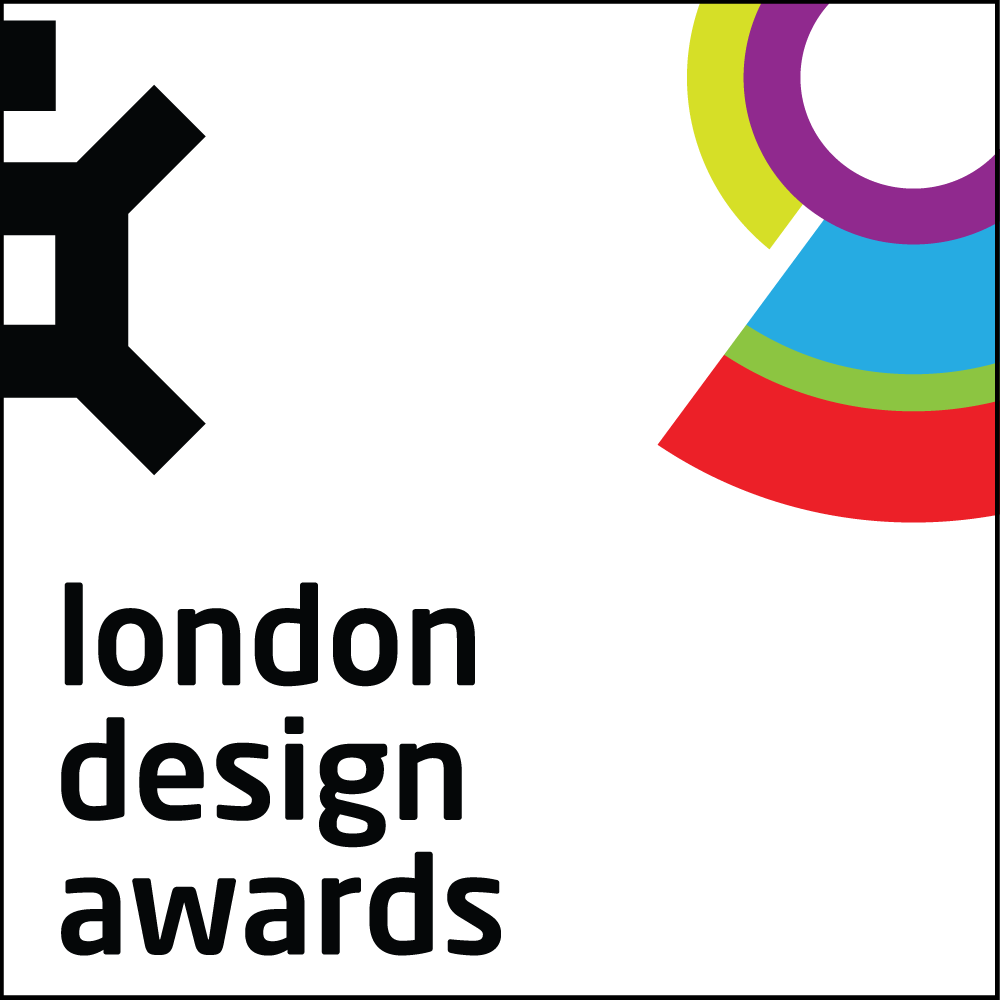










Project Overview
Cubetto is a playful wooden robot for girls and boys aged 3 and up, powered by the first programming language you can touch. It's a Montessori approved, LOGO Turtle inspired, award-winning coding language that allows children to learn and explore real programming through storytelling and hands-on play. It works without screens or literacy, so any child in the world can use it. Our mission is to help children realise their full potential through a healthy understanding of technology that makes them creators, and not just consumers of it.
Organisation
Team
Filippo Yacob - CEO and co-founder. Filippo is a designer and entrepreneur, who previously founded a print magazine and a chain of London coworking spaces.
Matteo Loglio - Co-founder. Matteo is an former Arduino interaction designer, creative technologist and visiting lecturer at Central Saint Martins.
Valeria Leonardi - COO. Valeria has worked for movie studios such as Miramax, Warner Bros, and Disney, before building and selling her own tech startup, and receiving an MBA from CASS.
Ben Callicott - Head of Product. Ben’s background is in toy and product design, leading creative direction, product and brand development in Asia and Europe for Mothercare, Playforce, and many others.
Project Brief
It began with the brief: "Design an artefact that would help children become creators and not consumers of digital technology". Today, this means programming. Desktop and field research surfaced two of the founding principles which make up our invention. Seymour Papert's LOGO, which provided a framework for understanding core programming concepts, and Maria Montessori's early learning principles, best summarised by the quote: "The path to a child's mind is through her hands". The research yielded 3 main insights: 1) Children learn by play 2) are motivated by challenges 3) cannot abstract. Rapid prototyping tools were used to quickly develop and validate concepts, resulting in the design of a hands-on programming toy that transformed LOGO Turtle logic into a tangible Montessori toy. Something that hid all technological components using natural materials for a haptic and warm experience.
Project Innovation/Need
Cubetto is being launched at a time when many school curriculums require students to learn computing from five years old and up, and schools are starting to use toys to teach STEM skills. However, many children still lack exposure to the fundamentals of computer science at a young age. Cubetto addresses this deficit through hands-on play that makes learning programming more approachable.
Learning to program in early years is essential, but it should also be fun, playful and age appropriate. Our mission is to help children develop and realise their full creative potential. Cubetto is an open-ended toy that makes learning computer programming fun and easy to grasp. We wanted to offer children ages three and up an inclusive, interactive playset that teaches them the basic concepts of programming before they learn to read or write.
We have adopted Montessori, hands-on learning principles, addressing both the need for learning computational thinking, and the need for tangible, kinaesthetic learning.
Design Challenge
The main challenge lied in translating a complex, abstract, and otherwise inaccessible, but crucial, skill (programming) into a format that was easy to communicate, understand and immediately engage with. Not just amongst kids, but also amongst adults tasked with young children’s learning. Achieving that required thought and engagement in all design disciplines. From interaction to graphic to industrial. For example, adding a meaningful story with a friendly character that would appeal to all genders and cultures was crucial to providing an experience that would engage a child over multiple sessions across an extended period of time.
This involved a lot of creative content and illustration, bound together through information and print design. Offering a safe tool that met certification requirements in schools required extensive industrial design and testing. We had to balance these requirements with our desire to create a product that could be opened, deconstructed and reconstructed as the child became older (we invite you to take the big screws apart and experience the detail for yourselves).
Sustainability
For us sustainability meant removing obsolescence. We purposely chose to create a coding system that didn’t rely on software or hardware updates. A huge challenge in education, and probably a pain for all consumers, is having to update their digital tools on a regular basis.
We designed a product capable of fulfilling its core function and purpose for decades to come without forcing replacement. The build quality matches our ambition. Our block programming language will inevitably expand with time, but will not render the current version irrelevant: it will only enhance it. This was inspired by the sort of ingenuity found in Dieter Ram’s Vitsoe shelving system.
Product Design - Education
This award celebrates creative and innovative design for either a component or overall product. Consideration given to aspects that relate to human usage, aesthetics, selection of components and materials, and the resolution of assembly, manufacturing and the overall function.
More Details

